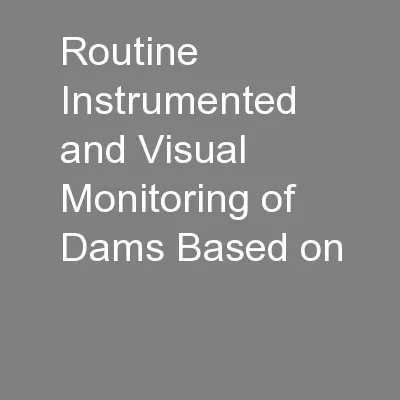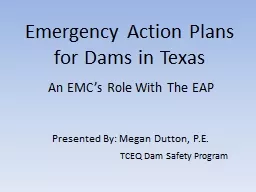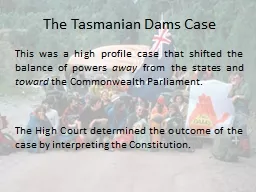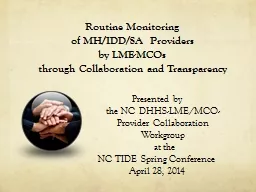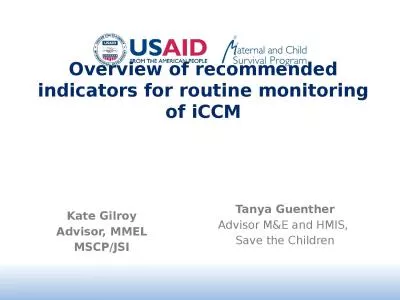PPT-Routine Instrumented and Visual Monitoring of Dams Based on
Author : conchita-marotz | Published Date : 2016-04-04
Authors Jay Statler US Bureau of Reclamation and Manoshree Sundaram FERCCRO Presented By Mike Carpenter GEI Consultants Inc USSD Committee on Monitoring
Presentation Embed Code
Download Presentation
Download Presentation The PPT/PDF document "Routine Instrumented and Visual Monitori..." is the property of its rightful owner. Permission is granted to download and print the materials on this website for personal, non-commercial use only, and to display it on your personal computer provided you do not modify the materials and that you retain all copyright notices contained in the materials. By downloading content from our website, you accept the terms of this agreement.
Routine Instrumented and Visual Monitoring of Dams Based on: Transcript
Download Rules Of Document
"Routine Instrumented and Visual Monitoring of Dams Based on"The content belongs to its owner. You may download and print it for personal use, without modification, and keep all copyright notices. By downloading, you agree to these terms.
Related Documents

